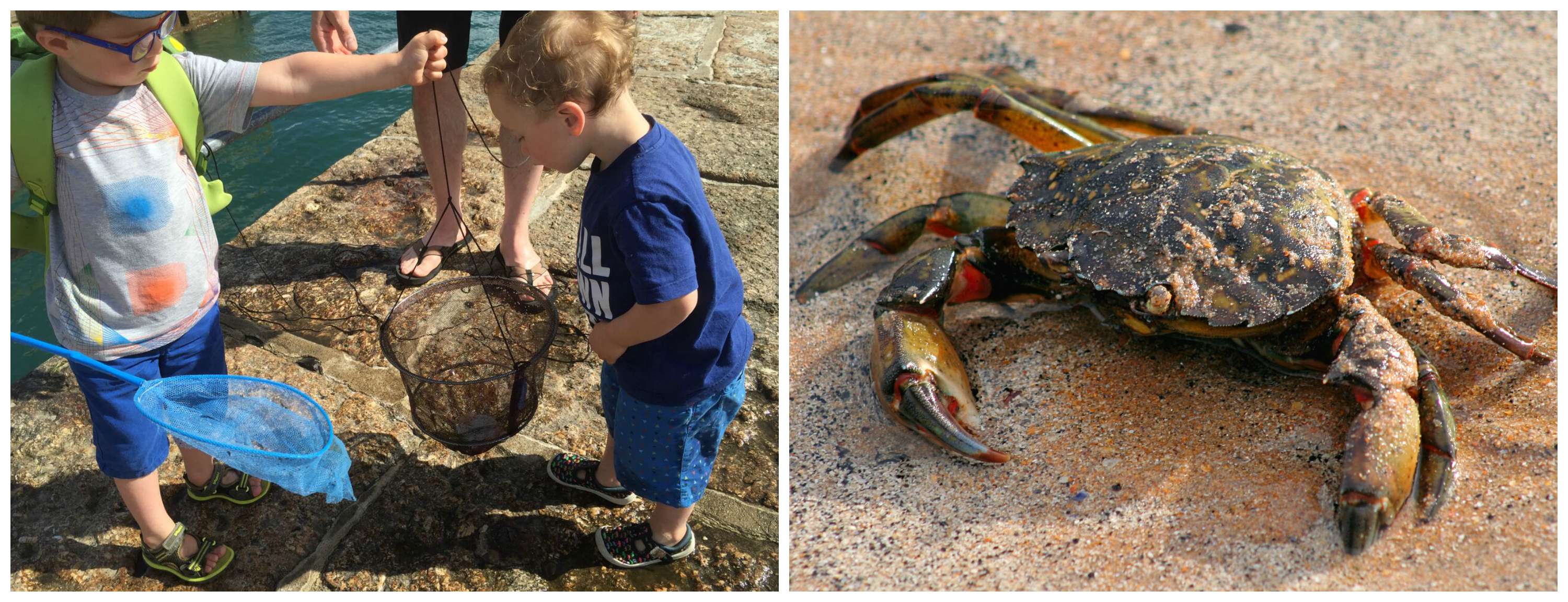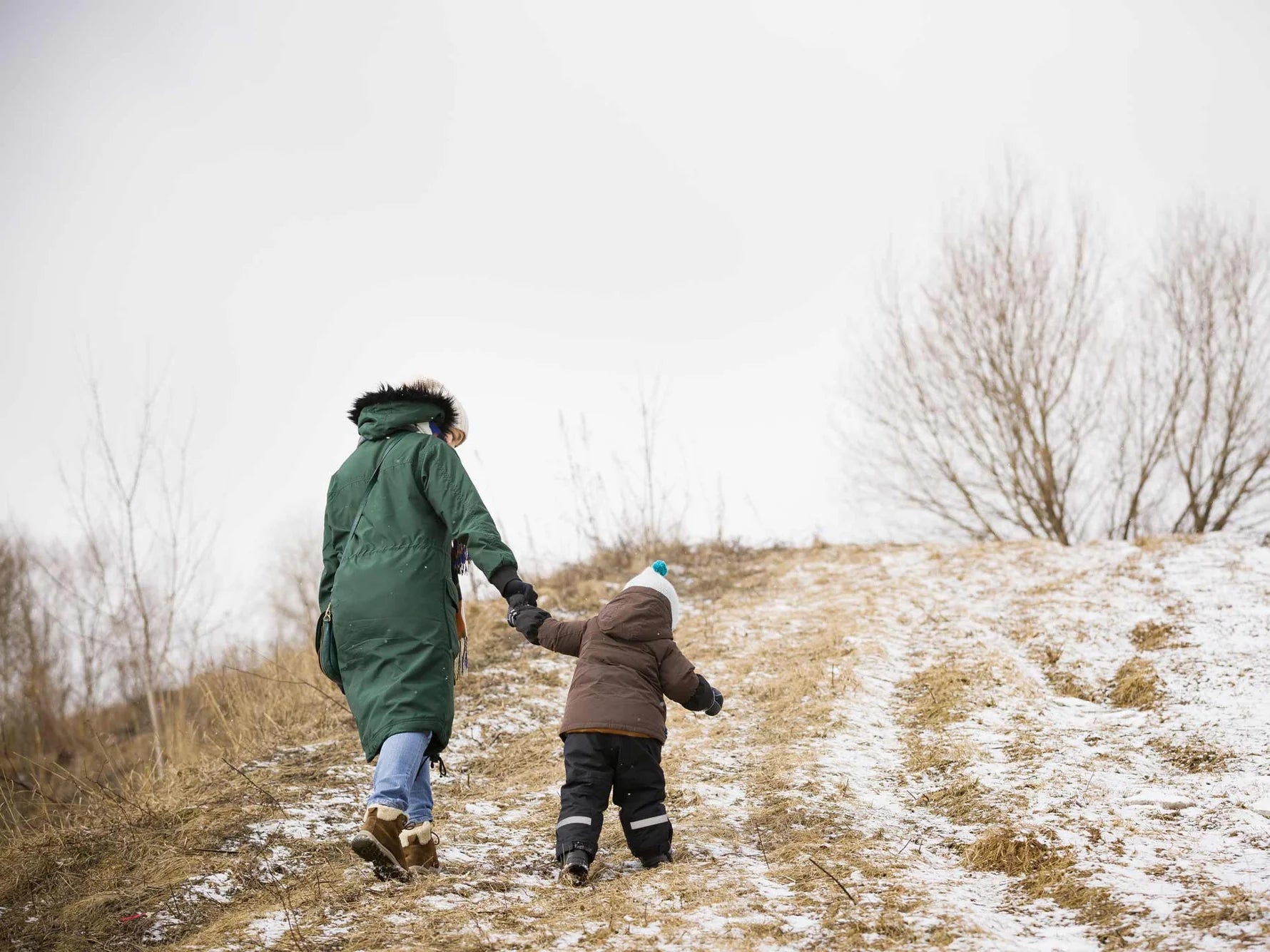Little Explorers: Go Crabbing!
- blog-1

For this charming and slightly addictive activity, all you need is a line, bait, bucket, net and (here’s the rub) patience.
A crab’s favourite treat is a lump of juicy bacon with the rind on. Crabs are opportunistic scavengers and they’ll make a bee-line for sardines and fish heads too.
Once you’ve found the perfect spot on a pontoon or harbour wall, fill your bucket with sea water. Tie bait to the line and lower it slowly to the seabed. If you have a weight on the end of the line it will be easier to tell when you’ve reached the bottom.
Now, get ready with your net – and wait. You’ll need distractions for the Littlest Explorers who are unlikely to see the attraction of gazing wistfully out to sea for the next five minutes. We recommend dishing out ice creams at this point!
Gently pull your line and if it feels heavier, ease it slowly out of the water. You’ll see one or more very contented crabs feasting on the bait. Shake the line over the net then transfer the crabs into your bucket. Crabs are territorial and will fight if there are too many in the bucket.

If you’d like your Little Explorers to see you handling a crab (or if one escapes) gently but firmly put your finger on the middle of the crab’s back, then grasp the crab just below the pincer arms and pick it up under the ‘armpits’. This way the pincers won’t be able to nip you.
To find out if a crab is male or female look underneath at its tail. The female’s is a wide u-shape. A male’s tail is a pointy triangle. A crab’s shell will match the colour of the sand or rocks where it lives.
Lots of crabs on the UK shoreline are not edible, so check locally before you grill! It’s probably safest to tip them back into the sea and let them see another day.
Expert Explorers: When a crabs grows too big, its shell splits apart and the crab just steps out of it! The new shell will then start to harden. If a crab loses a claw in a fight, a new one will grow back. The smallest known crab species is a Pea Crab at just a few millimetres across. The largest is the Japanese Spider Crab, with a leg span that can stretch to a shocking 4 metres!
- Send us your photos of crabbing and other classic British seaside activities!




